You can trust Cyclingnews
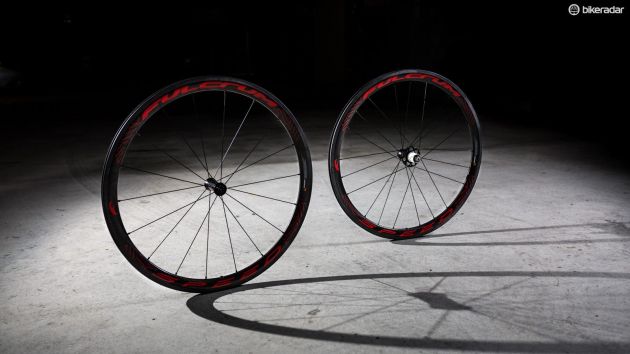
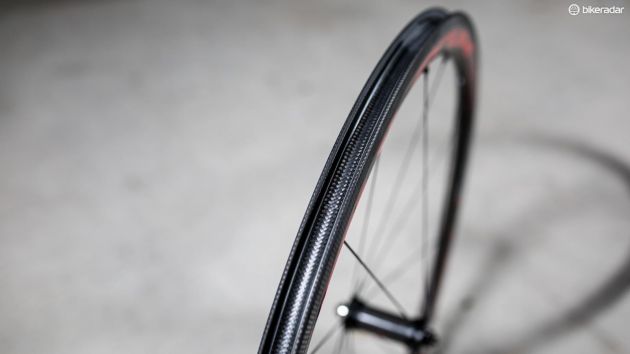
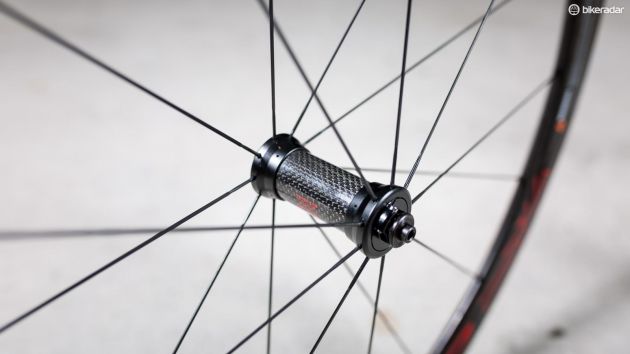
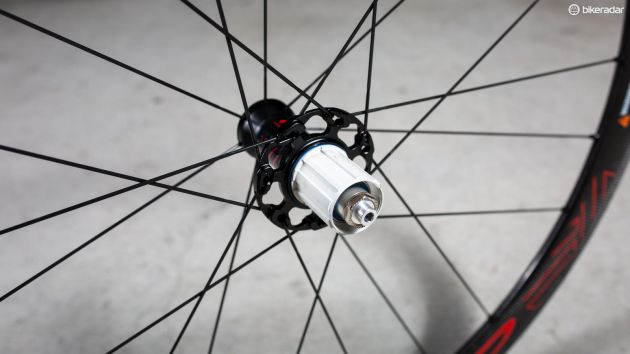
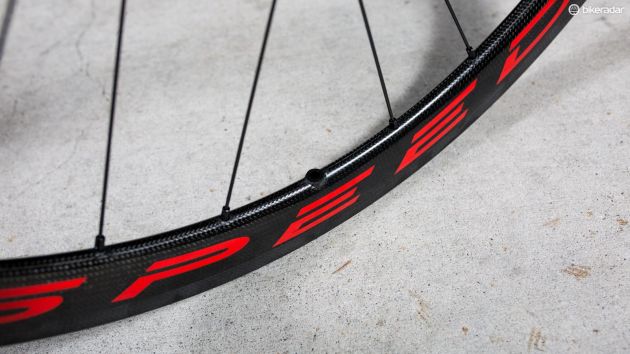
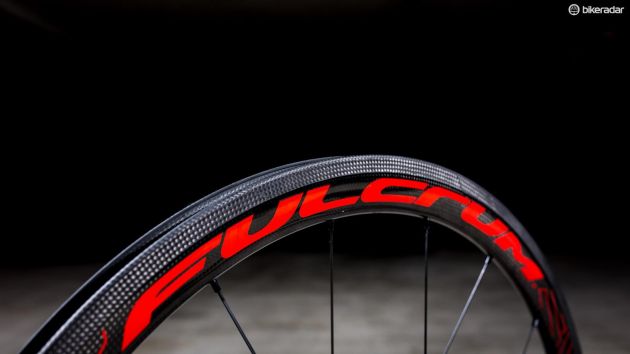
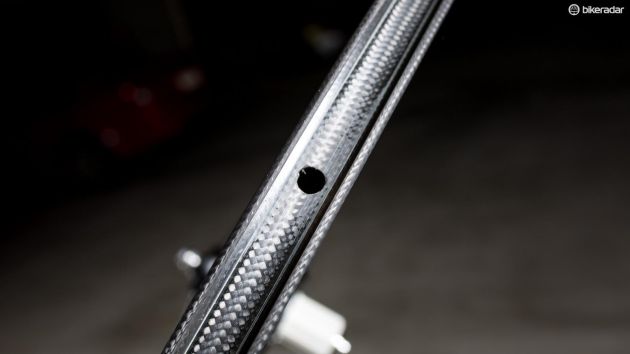
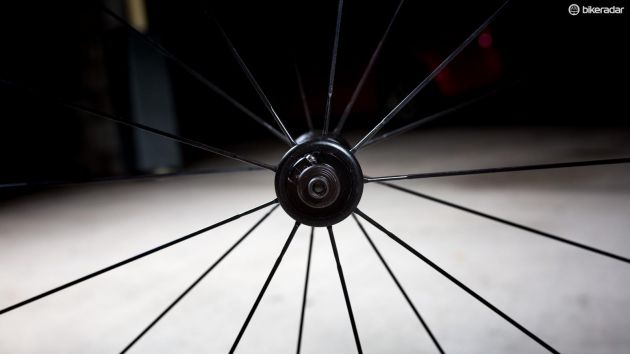
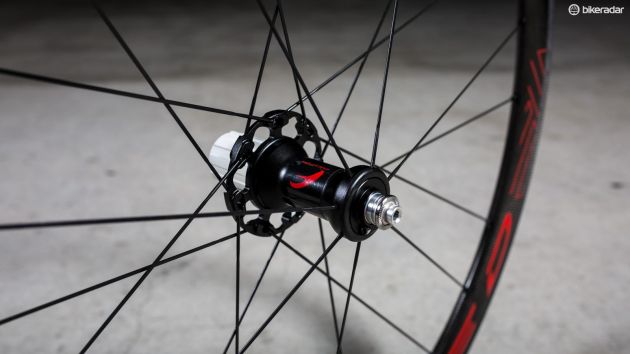
This article originally appeared on BikeRadar
On the WorldTour there is no doubt about the advantages to tubular wheelsets. With no tyre bead they're lighter and much safer during a puncture because air pressure isn't needed to keep the tyre attached to the rim, but does the new Fulcrum Speed 40 Clincher bring these tubeless benefits to a clincher?
For the rest of us, tubular can seem a bit out of reach. Not only do you need to know how to glue the tyre onto the rim, but if you get a flat out on the road you're in for a bad day. With its latest wheel release, the Speed 40, Fulcrum says it's aiming to bring every bit of technology and performance on offer in tubular wheels with the convenience of clinchers.
Fulcrum Speed 40: what you need to know
- 17mm internal width, 24.2mm external
- 40mm deep
- 1,420g actual weight (630g front, 790g rear)
- 3Diamante Brake track
- USB ceramic bearings
- Undrilled tyre bed
When the big brown box containing the Speed 40s was dropped off at our Australian HQ, the unboxing didn't take long. As I pulled the wheels from their bright red wheel bags the first thing I noticed was the striking glossy 3k weave — these are a fantastic looking wheelset and there is some definite bling factor. For those after a slightly more understated look, the Speed 40s are also available with 'Dark' labels.
The second thing I noticed was the undrilled rim bed. Instead of the standard method of drilling holes in the rim bed to insert the nipples, Fulcrum (and Campagnolo for that matter) inserts the nipples through the valve hole and guides them to the spoke holes using a magnet. This allows the spokes to be tensioned using a standard external nipple, eliminates the need for rim tape and Fulcrum says it also creates a stronger and stiffer rim. Interestingly, despite the sealed rim bed the Speed 40s are not rated for tubeless set ups and it seems to me they have missed quite an opportunity.
I am personally on-board the tubeless bandwagon because self-sealing punctures, the ability to run low tyre pressures for added grip and comfort, and less rolling resistance are all positives in my book. With the sealed rim bed I'm sure some will attempt to make a tubeless conversion work, but I'm not game to try with a wheelset that costs north of two grand.
Being that these are Fulcrum's flagship mid-depth carbon clincher, they're respectably light with this set tipping our scales at exactly 1,420g — only 5g heavier than Zipp's 303 NSW clinchers. While Fulcrum claims the Speed 40 clinchers offer all of the advantages of the tubular version of the wheel, it is worth pointing out that the tubular version is claimed to weigh 1,213g.
By today's standards a 17mm internal rim width isn't particularly wide, but when paired with a 25c Michelin Pro4 Service Course it spread the casing beautifully. The casing is well supported by the rim and I was comfortably able to run 80psi with no squirm or squish, and there is probably even a bit of room to go lower.
Fulcrum Speed 40 clincher first impressions
With minimal rolling mass, the Speed 40s spin up quickly and are well suited for cat and mouse quick accelerations. I can't quantify any aero gains on offer, but like you'd expect from a deep section wheel once they spin up to about 17-20mph / 27-32kph they want to keep rolling and hold their speed.
Given the current industry trend toward the toroidal 'snub nose' shaped rims, the 40mm rims are actually quite pointy, all things considered — the torus shape is said to be more aero and handles better in cross winds. My inaugural 40-mile / 64km ride was on paved and mostly smooth roads, and surprisingly still and wind free. Even over a stretch of road directly on the coast, the usual easterly gale force coastal wind was a light south westerly breeze on that particular day meaning it was completely protected, so I cannot yet comment on side wind performance.
They're pretty stiff too, with 18 radial spokes at the front and 21 rear spokes laced with a 2-to-1 pattern. While this specific idea isn't necessarily unique to Fulcrum, it allows two spokes to carry the load that only one would in a standard lacing pattern and allows for a stiffer wheel and helps to balance spoke tension.
Despite their stiffness and relatively pointy profile, the Speed 40s are not jarringly uncomfortable, although some of the credit needs to go to the Michelin rubber — and the testing grounds so far have only included relativity smooth surfaces. That said, we've got some gravel set up to see how the Speed 40s fair.
As you'd expect with wheels of this calibre they came out of the box dead true. What's quite cool too is Fulcrum's identification card, which allows the wheels to be traced back to the builder and offers guaranteed quality control.
Carbon stopping power
Braking on carbon wheels is always a sore spot and although it has improved greatly in the past couple of years, alloy rims outclass them in all weather conditions. Fulcrums says: "The outcome of this research is the new 3Diamant surface treatment which consists on the use of an advanced machinery and a precise tool with the top made of diamond, that eliminates the imperfections caused by the non-homogenous resin deposits and allows the brake pad to work directly on the woven carbon fibers specially designed."
Wheel manufacturers have long been grappling with how to improve braking on carbon and we have seen everything from ceramic coatings to technologies like Mavic's Exalith brake surface and Zipp's Showstopper. The 3Diamant surface treatment isn't new, but offers good power and modulation in combination with the Fulcrum brake pads on the Speed 40s. Historically on other Fulcrum and Campy wheels it has also done well in the wet too, but we'll have to take the Speed 40s for a spin in the wet to know for sure.
The Speed 40 rims are laced around Fulcrum's own hubs, with the front seeing a carbon shell, and they spin on the brand's USB ceramic adjustable cup and cone bearing system — which is ultra smooth and the preload was well adjusted out of the box. It's also worth pointing out that the Speed 40 Tubulars get the uber smooth CULT ceramic bearings.
Fulcrum Speed 40 clincher early verdict
It's hard to get to know any piece of equipment with just one ride under your belt, but I'm looking forward to spending a bit more time with the Speed 40s. They're a fast wheelset no doubt and the combo of ultra-smooth bearings and a low rotational weight is bound to impress.
They're not the widest rims on the market, but they pair well with a 25c tyre, which is quickly becoming the industry standard. The rim is also quite pointed when you compare it to something like Zipp's NSW shape, Enve's SES rims or even DT Swiss and Swiss Side's new Endurance range of wheels. That said, the Speed 40s are also roughly a third less expensive than wheels of a similar depth from Zipp and Enve, priced at £1,650 / €1,922 / $2,600 /$2,230.
Dry weather braking is good, but most carbon rims are nowadays, and it's yet to be seen how the Speed 40's Diamante brake track will stand up to the wet.
When designing the Speed 40 clincher, Fulcrum set out to create a wheelset that offered the same performance as the WorldTour level tubular Speed 40. While it hasn't trickled down all the same technology and the rims are a bit heaver (the penalty for adding a tyre bed), I haven't been riding these wheels long enough to wholeheartedly say whether Fulcrum has achieved this goal. But, over the next couple of months I plan to find out, so stay tuned for the full review.